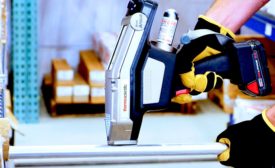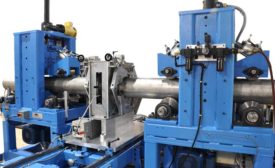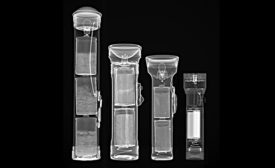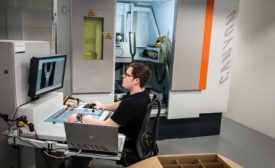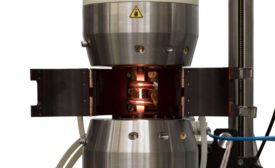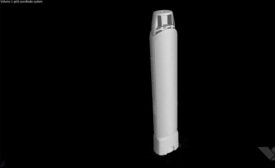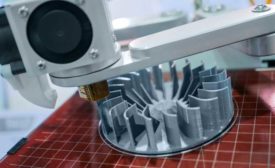NDT
Often the biggest challenge is choosing the right technology for your application.
Read More
Choosing and Applying NDT Methods for Round Stock during Production
There are many approaches to NDT inspection, ranging from full system tests to in-process inspection of partially finished products.
November 8, 2019
Seeing is Believing: 2D and 3D X-ray Technologies for Nondestructive Testing
X-ray based techniques have many advantages for inspection and quality control.
November 1, 2019
Sponsored Content
The Hidden Costs of Hiring in Industrial Inspection: Time for a New Alternative
October 14, 2019
NDT
Industrial CT Raises the Bar for Canyon Bicycles
Inspection with the use of industrial X-ray and computed tomography has helped Canyon Bicycles raise the bar on quality and safety.
October 1, 2019
NDT
Fatigue Testing 101
A brief overview of the most common types of fatigue tests and where each is commonly used.
October 1, 2019
NDT
4 Reasons Why CT is the Best Method for Medical Device Quality Inspection
CT is a huge benefit to the medical device industry and will only continue to grow.
October 1, 2019
NDT
Materials Testing Standardization in Metal Additive Manufacturing
Even with the use of existing standards, several notable gaps remain.
October 1, 2019
NDT Headline
TASI Group Grows Global Leak Test Capabilities With Germany’s innomatec
September 17, 2019
Stay in the know with Quality’s comprehensive coverage of
the manufacturing and metrology industries.
eNewsletter | Website | eMagazine
JOIN TODAY!Copyright ©2024. All Rights Reserved BNP Media.
Design, CMS, Hosting & Web Development :: ePublishing
